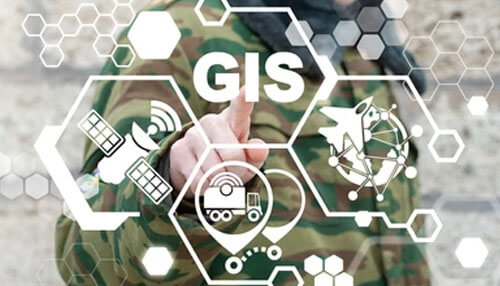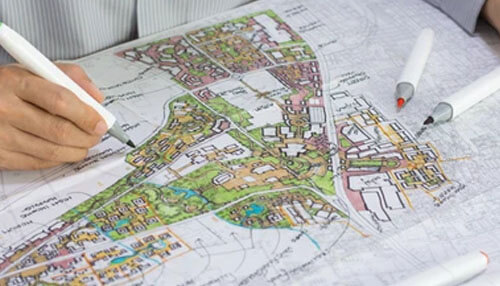You may want to implement GIS data in your business and eager to know the different steps involved. Socioeconomic geographic system is known to have different industrial applications along with diverse technological advancements. This more so concerning how to use it and what results to achieve! It is rather a powerful decision-making tool designed for most industries or businesses. It permits evaluating topographic, demographic and environmental data. Using compiled Data Intelligence data from GIS applications, different industries and companies, as well as consumers are able to make well-informed decisions.
15 Ways Geographic Information System (Gis) Is Used In Business
1. Network and Telecom Services:
Geographic data can be incorporated into complex network design, maintenance, planning and optimization activities. Data helps improve telecom processes. This is achieved through better location and customer-relationship management services.
2. Mapping:
Data visual interpretation can be derived through GIS. Google Maps can be termed to be a wonderful instance of GIS web-based mapping solution. It enables everyday navigation.
3. Urban Planning:
Expansion direction and urban growth is analyzed with the help of GIS data. On proper application, new sites can been discovered to enable further development.
4. Hot Spot and Accident Analysis:
Road networks and accident locations can be identified and optimized by using data resources and intelligence. It assists in enhancing road safety measures while allowing better traffic management.
5. Environmental impact analysis:
GIS application captured data is crucial to conserve the environment and precious natural resources. Impact statements and spatial analysis help evaluate human impact magnitude upon the environment. This is indicated by GIS integration.
6. Transportation Planning:
Generally, GIS data is used to manage transpiration issues. By including topical and environmental data in the GIS platform, new rail or road route can be planned.
7. Disaster Mitigation and Management:
Implementing effective GIS systems help safeguard the environment. It also assists with disaster and risk management.
8. Agricultural Applications:
With GIS data. It is possible to generate more efficient and functional farming techniques besides analyzing soil data. It helps enhance production in food quantity the world over.
9. Flood damage estimation:
GIS data is used by the different government departments to map different flood-prone areas. The data resources and information gathered also is used to coordinate essential relief efforts in such areas.
10. Navigation:
GIS data is used by web-based navigation to offer useful information to the general public. Web maps get updated on a regular basis based on GIS information to be used in everyday life consistently.
11. Banking:
With time, the banking system seems to have evolved and is constantly witnessing change. It has presently become market-driven. Its success is mostly based on its capability to offer customer-driven services. Socioeconomic geographic data does play a vital role in decision making, planning and organizing in today’s banking industry.
12. Natural resources management:
GIS information can be used to manage and maintain forests. This is vital to allocate as well as ensure proper geographic water distribution. It is considered to be an important environmental constituent.
13. Surveying:
It involves measuring the objects’ location on earth. Organizations in huge numbers can be found to use GNSS (Global Navigation Satellite System) to enable this function. Data gets incorporated into the GIS system to estimate area as well as to prepare digital maps.
14. Taxation:
Taxation problems can be solved with spatial analysis. It is generally used for engineering and building permits while providing a better system to manage property tax geographically.
15. Geology:
GIS data is used by geologists to analyze seismic information, soil and to generate 3D geographic feature displays. It also evaluates rock features while identifying suitable locations to perform diverse functions.
Geographic Information System (GIS) when used in business can impact positively the industry, business and the general public.




